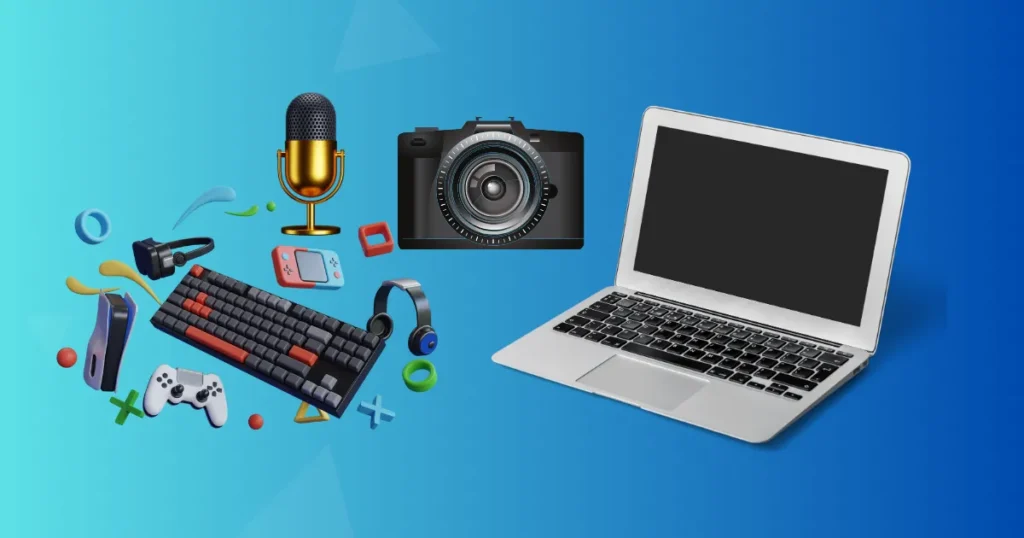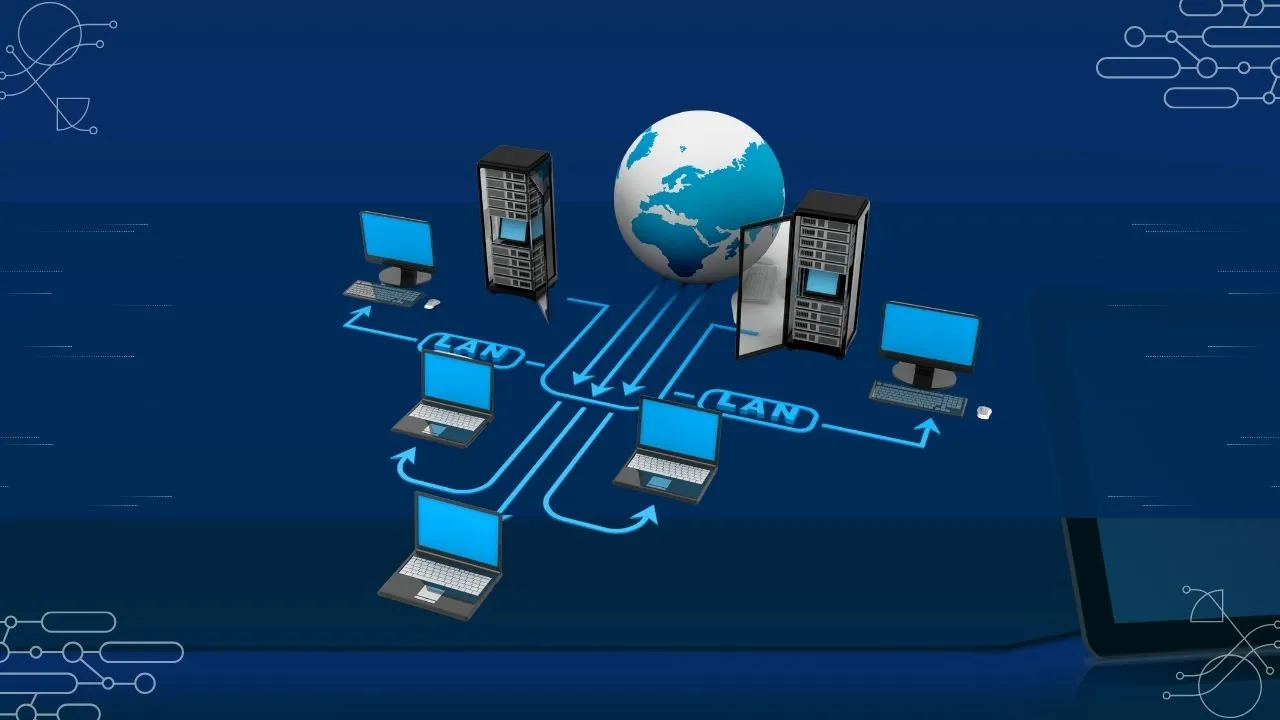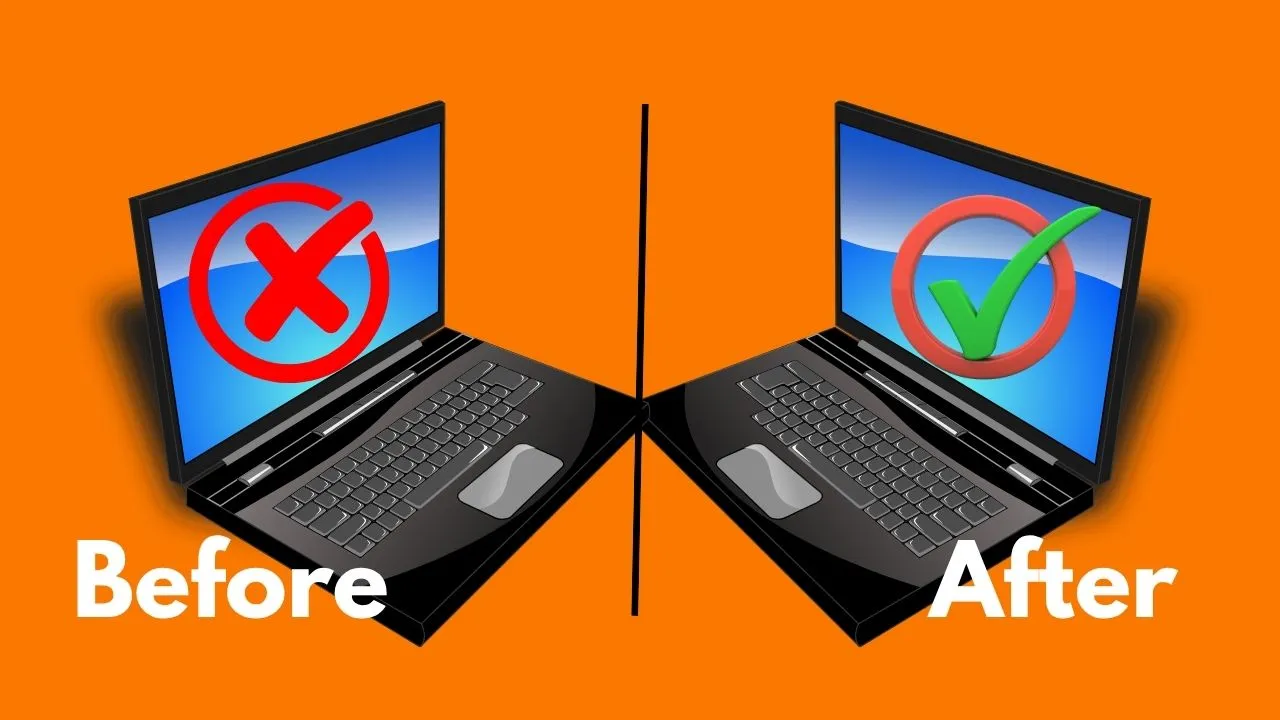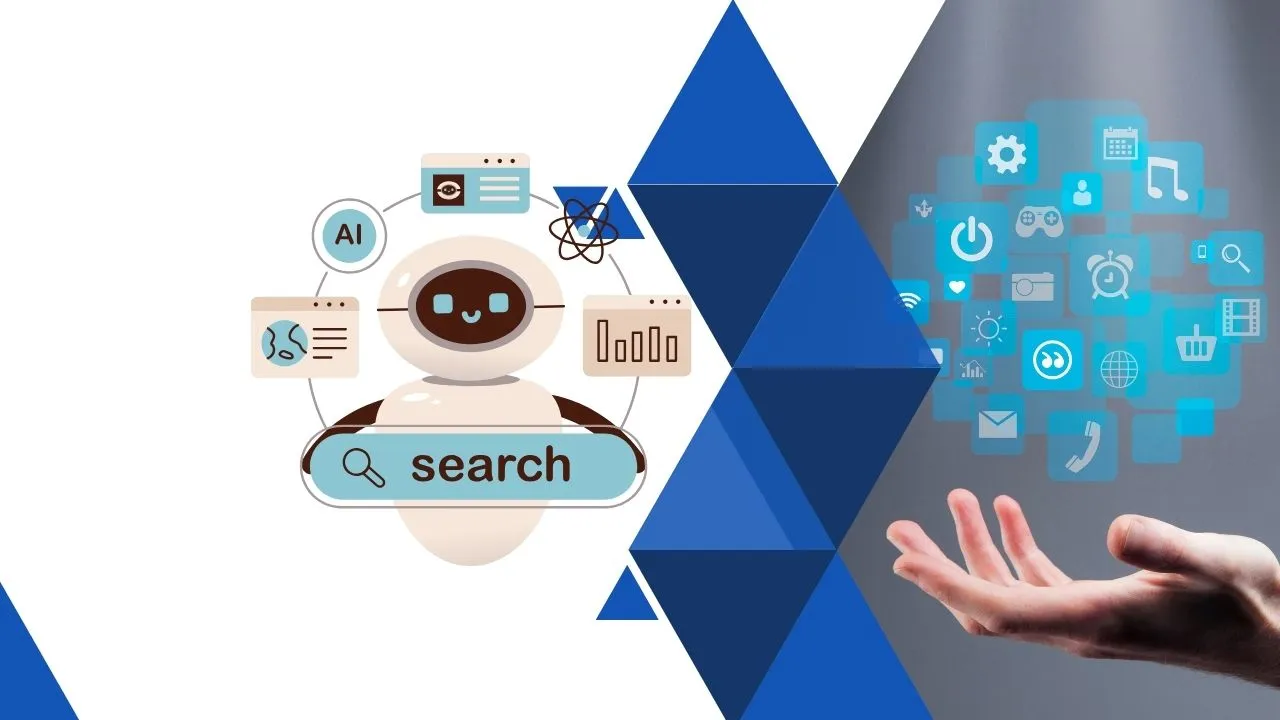Deep learning is the engine behind modern Artificial Intelligence (AI) — powering everything from voice assistants and self-driving cars to facial recognition and healthcare diagnostics. If you’ve ever wondered how computers learn and make smart decisions, this guide will help you understand the top 5 deep learning algorithms in a simple way — no technical degree needed!
Let’s explore these methods step by step.
Table of Contents
What Is Deep Learning?
Deep learning is a part of machine learning that teaches computers to learn from large sets of data. It works through neural networks — systems inspired by the human brain — that identify patterns, learn from experience, and make intelligent decisions.
These algorithms power real-world applications like:
- Speech and image recognition
- Chatbots and virtual assistants (like Alexa or Siri)
- Medical diagnostics
- Financial fraud detection
- Autonomous vehicles
Now, let’s look at the five most common methods that make deep learning work.
Neural Networks (The Foundation of Deep Learning)
Neural Networks are the heart of deep learning. They’re designed to mimic how our brain’s neurons communicate. Each “neuron” processes information and passes it forward to help the network learn patterns.
Example:
If you show a neural network thousands of dog and cat pictures, it learns the differences — like ear shape or fur texture — and can later identify a new image correctly.
Read also: Basic Networking Protocols Explained (FTP, HTTP, DNS & More) | Beginner’s Guide 2025
Convolutional Neural Networks (CNNs)
CNNs are specialized for image and video processing. They use filters (like lenses) to scan images and extract important features such as edges, colors, and shapes.
Example:
CNNs are used in facial recognition systems, autonomous driving, and medical imaging to detect patterns with high accuracy.

Recurrent Neural Networks (RNNs)
RNNs are built for understanding sequential data — anything that follows a time order, like text, speech, or stock prices.
They remember previous inputs to predict what comes next.
Example:
RNNs are used in language translation, speech recognition, and chatbots because they understand the context of previous words.
Generative Adversarial Networks (GANs)
GANs consist of two networks — a generator and a discriminator — that compete with each other. The generator creates fake data (like photos), and the discriminator checks if they’re real. Over time, the generator gets better at fooling the discriminator.
Example:
GANs can create realistic human faces, deepfake videos, or even AI art that looks human-made.
Reinforcement Learning (RL)
Reinforcement Learning trains AI systems by rewarding them for making the right decisions — just like how we learn from experience.
Example:
An AI game bot learns by playing repeatedly, improving with each try until it masters the game.
Deep Learning in Everyday Life
Deep learning isn’t just for scientists — it’s part of your daily life!
Here’s how it’s transforming industries:
| Industry | Deep Learning Use |
|---|---|
| Healthcare | Detecting diseases in medical scans |
| Finance | Predicting stock trends & fraud detection |
| Transportation | Powering autonomous vehicles |
| Education | Personalized learning apps |
| Entertainment | Netflix recommendations & AI-generated art |
As data grows, these algorithms keep improving — making our devices smarter, faster, and more helpful every day.
Why Deep Learning Matters in 2025
In 2025, AI-driven systems are shaping the world more than ever.
With new advancements in cloud computing, big data, and edge AI, deep learning models are becoming more efficient and affordable for everyone — from startups to personal projects.
If you want to stay ahead in tech, understanding deep learning is one of the best skills you can have today.
Conclusion
Deep learning algorithms — like Neural Networks, CNNs, RNNs, GANs, and Reinforcement Learning — are revolutionizing how machines learn, think, and solve problems.
By grasping the basics of these methods, you’ll not only understand how AI works but also open doors to new opportunities in technology, automation, and innovation.
So, take your first step into the world of deep learning — and see how it’s changing the future of intelligence!
FAQs about Deep Learning Algorithms
What is the easiest way to learn deep learning algorithms?
Start by understanding basic neural networks and explore visual tools like TensorFlow Playground before jumping into coding.
Which deep learning algorithm is used for image recognition?
Convolutional Neural Networks (CNNs) are most effective for image and video analysis.
Can deep learning be used without coding?
Yes! Platforms like Google Teachable Machine and Runway ML allow beginners to explore AI without programming.
How is deep learning different from machine learning?
Machine learning uses structured data, while deep learning can automatically process raw data like images, text, or sound.
What are some real-world examples of deep learning?
Voice assistants, medical image diagnostics, stock prediction, and self-driving cars are all powered by deep learning algorithms.










